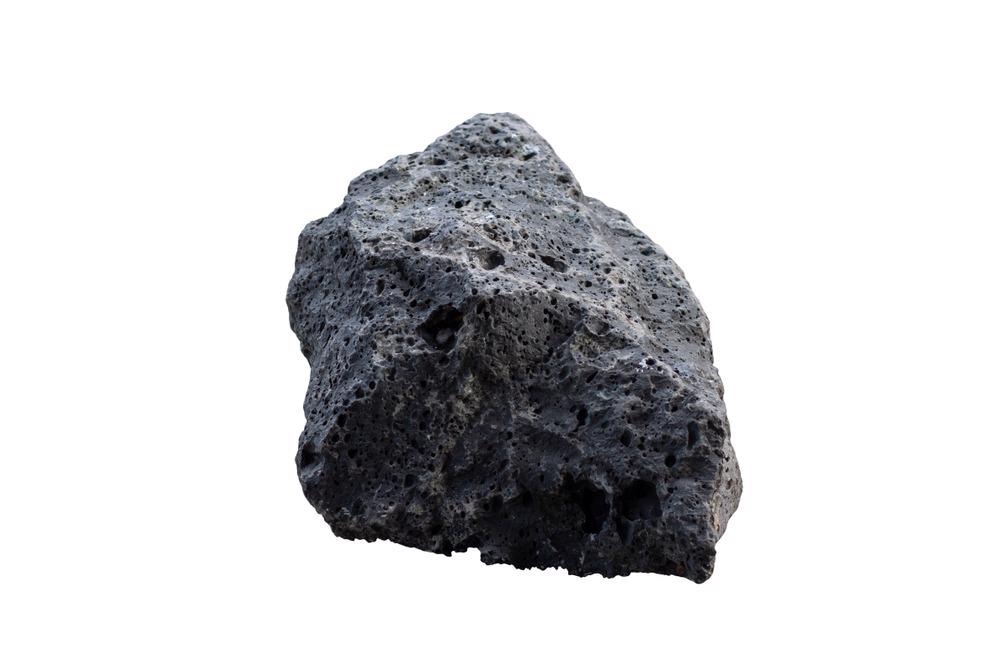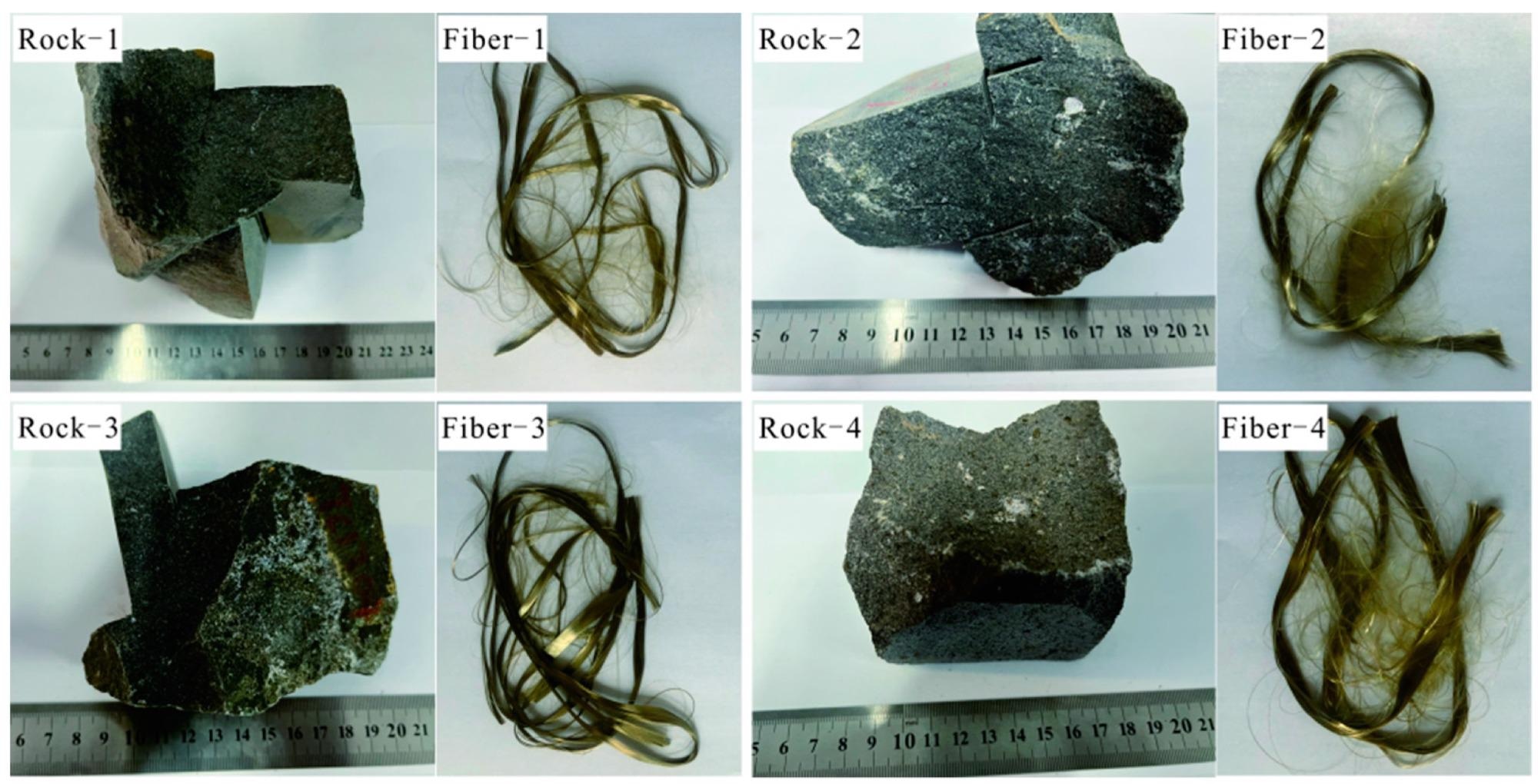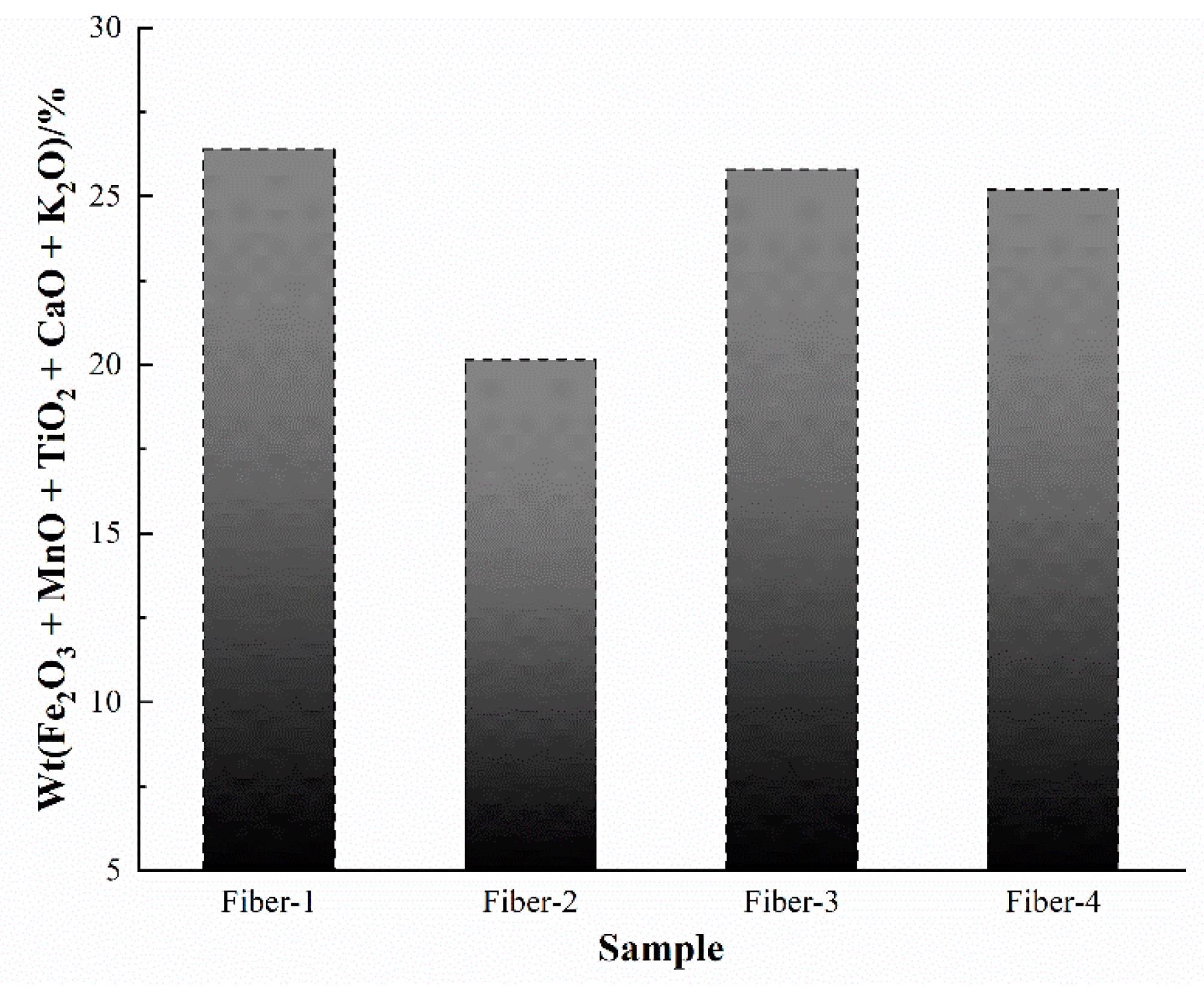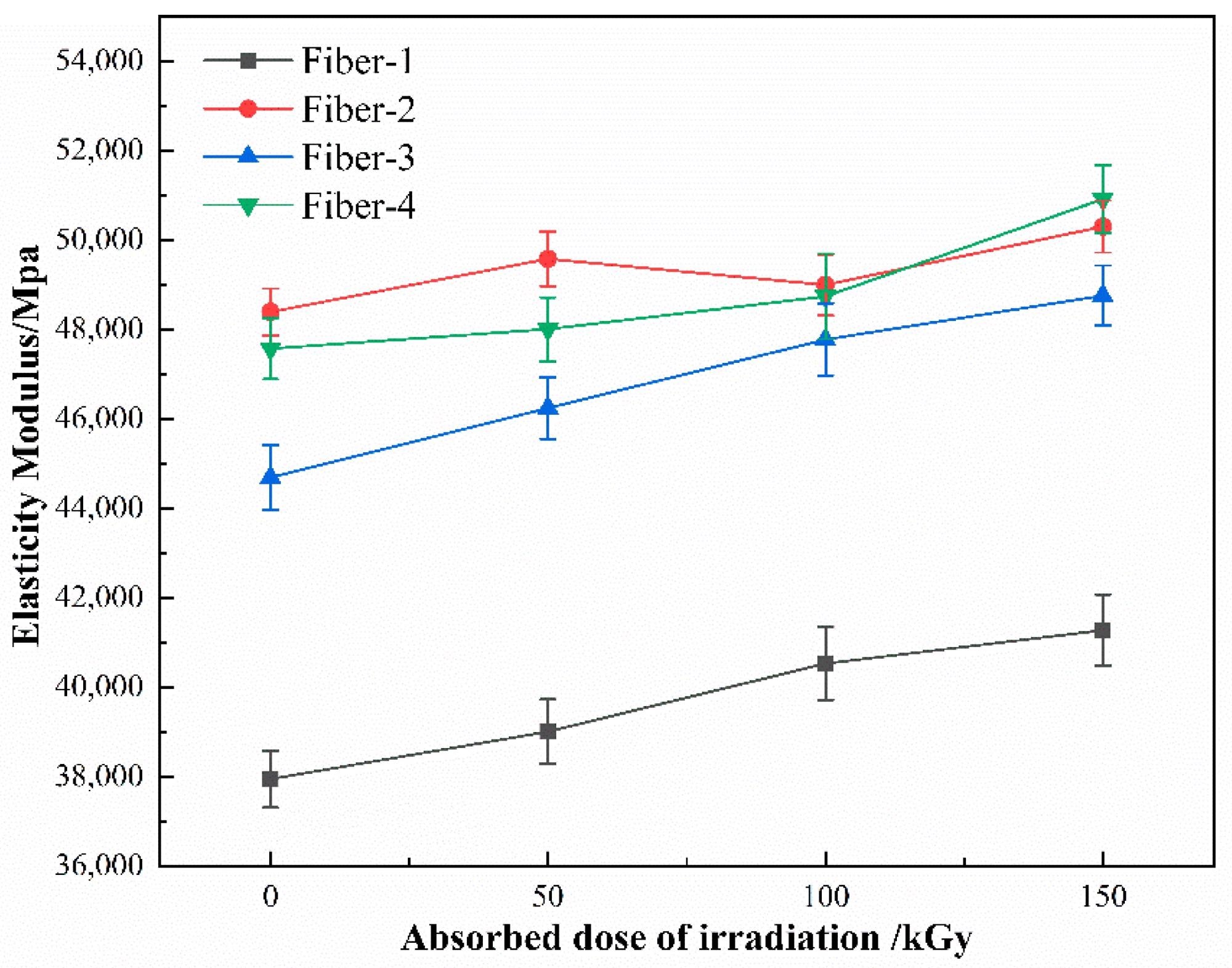Writing in the journal Materials, researchers have investigated the resistance of basalt fibers to gamma rays, with the potential for manufacturing new nuclear shielding materials.

Study: Study on Shielding and Radiation Resistance of Basalt Fiber to Gamma Ray. Image Credit: TuktaBaby/Shutterstock.com
Basalt Fibers
Continuous basalt fibers possess remarkable properties such as resistance to both low and high temperatures, corrosion resistance, fire resistance, flame retardance, and radiation resistance. Additionally, these fibers possess excellent mechanical properties. Due to these properties, continuous basalt fibers have been investigated for numerous applications in multiple fields including fire protection, aerospace, aviation, construction, and environmental protection.

Basalt and corresponding fibers. Image Credit: Ding, B, Zhang, L & Lie, Materials
The manufacture of this material involves melting natural basalt ore at high temperatures and then drawing the ore at high velocity through a plate made of platinum-rhodium alloy. Continuous basalt fibers are inorganic silicate materials that are composed of multiple oxides. Several high atomic number elements are present in the material, including magnesium and titanium, which gives the material its radiation-resistant properties. In recent years, continuous basalt fiber has been a focus of antiradiation materials research.
Moreover, there has been significant research into incorporating continuous basalt fibers into composite shielding materials to enhance their resistance to radiation. Some studies have been performed on incorporating basalt into clay materials used for the disposal of radioactive waste, with research indicating that continuous basalt fibers can enhance the radiation shielding properties of these materials.
Other studies have demonstrated this material’s resistance to gamma-ray irradiation, with results demonstrating a lack of effect on the chemical properties and physical structure of basalt fibers. However, most research has focused on basalt fiber-reinforced composites, with very little research performed on the fibers themselves.
Studies have indicated that increased oxide content, such as TiO2 and K2O has a role in enhancing the resistance of materials to gamma-ray irradiation. Continuous basalt fiber, depending on the source, has different contents of oxides, meaning that radiation resistance can vary depending on the fiber. There exists significant potential for research to enhance the gamma-ray resistance of continuous basalt fibers.
Nuclear shielding requires materials that can withstand high doses of radiation produced during nuclear accidents. Conventional materials used as shielding elements in nuclear reactors include lead plates, which have been demonstrated to possess sufficient performance. Using basalt fibers could enhance shielding materials and allow for incorporation into lightweight, wearable, radiation-resistant clothing.

Wt (Fe2O3 + MnO + TiO2 + CaO + K2O) of different fibers. Image Credit: Ding, B, Zhang, L & Lie, Materials
The Study
In this study, the researchers investigated four different basalt materials which had different chemical compositions to evaluate their resistance to gamma-ray irradiation. Continuous fibers were prepared from these materials using a wire drawing furnace. The XCOM program was used to analyze the different basalt fibers’ mass attenuation coefficients.
Methods to improve the resistance of the fibers were discussed based on how different oxides influenced the production process. 60CO was used as the radiation source during experiments, and the samples’ surface morphology, variations in mechanical properties, structure, and element distribution before and after irradiation were analyzed by the authors. To evaluate the gamma-ray shielding performance of the continuous basalt fibers, basalt fiber cloths with different thicknesses were produced and compared with conventional lead plates.
Based on analysis results, the authors suggested that resistance could be enhanced by increasing TiO2 and MnO content in raw materials. No change was observed in the surface element composition, surface topography, or fiber structure at various radiation doses, suggesting that the fibers possess good resistance to gamma-ray irradiation.

Variation of fiber elastic modulus with the gamma irradiation absorbed dose. Image Credit: Ding, B, Zhang, L & Lie, Materials
A minimal loss in mass was observed after gamma-ray irradiation (less than 1%), but the authors concluded that this was likely due to water and gas volatilization on the surface of the fiber and not a loss of the material itself. Under irradiation, the elastic modulus and the tensile strength of the fibers increased, but conversely, the fiber’s elongation at break decreased.
Results of shielding ratio tests on prepared basalt fiber cloths demonstrated that the basalt fiber’s shielding effectiveness increased with the thickness of the sheet, but the performance was less than conventional lead shielding. Other results indicated that the fiber’s shielding effectiveness decreased as radiated electron energy increased. In general, thicker basalt fiber cloths perform better at protecting against gamma-ray irradiation.
Based on the results of their observations, the authors have stated that basalt fiber has vast potential for use as a radiation shielding material. These fibers can be incorporated into composite shielding materials to enhance their resistance to gamma rays, and the lightweight nature of the materials opens possibilities for using them in radiation-resistant clothing.
Further Reading
Ding, B, Zhang, L & Lie, J (2022) Study on Shielding and Radiation Resistance of Basalt Fiber to Gamma Ray [online] Materials 15(7) 2522 | mdpi.com. Available at: https://www.mdpi.com/1996-1944/15/7/2522
Disclaimer: The views expressed here are those of the author expressed in their private capacity and do not necessarily represent the views of AZoM.com Limited T/A AZoNetwork the owner and operator of this website. This disclaimer forms part of the Terms and conditions of use of this website.